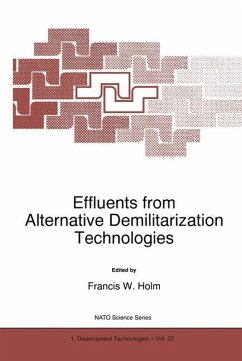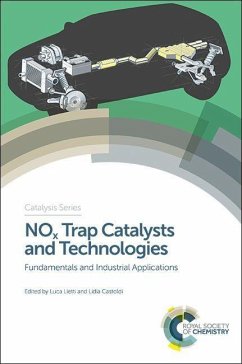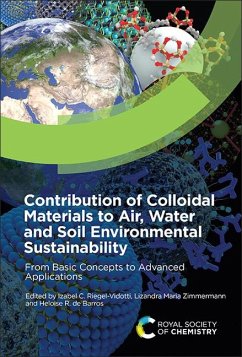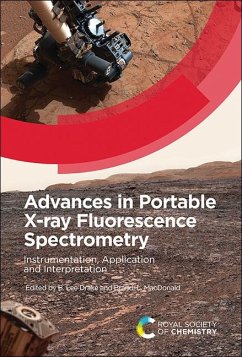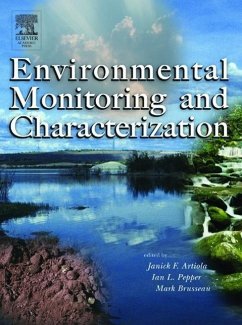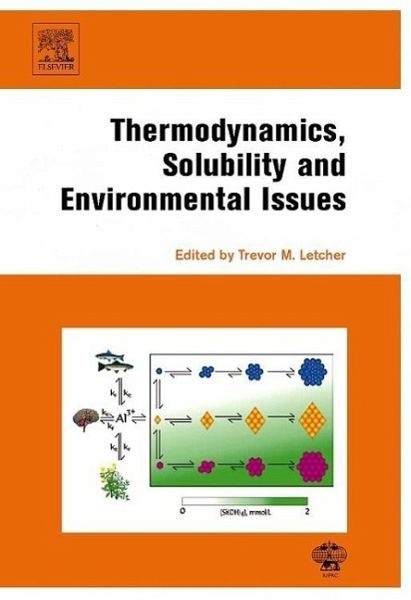
Thermodynamics, Solubility and Environmental Issues

PAYBACK Punkte
65 °P sammeln!
Environmental problems are becoming an important aspect of our lives as industries grow apace with populations throughout the world. Thermodynamics, Solubility and Environmental Issues highlights some of the problems and shows how chemistry can help to reduce these them. The unifying theme is Solubility - the most basic and important of thermodynamic properties. This informative book looks at the importance and applications of solubility and thermodynamics, in understanding and in reducing chemical pollution in the environment. Written by experts in their respective fields and representing the...
Environmental problems are becoming an important aspect of our lives as industries grow apace with populations throughout the world. Thermodynamics, Solubility and Environmental Issues highlights some of the problems and shows how chemistry can help to reduce these them. The unifying theme is Solubility - the most basic and important of thermodynamic properties. This informative book looks at the importance and applications of solubility and thermodynamics, in understanding and in reducing chemical pollution in the environment. Written by experts in their respective fields and representing the latest findings in this very important and broad area. A collection of twenty-five chapters cover a wide range of topics including; mining, polymer manufacture and applications, radioactive wastes, industries in general, agro-chemicals, soil pollution and biology, together with the basic theory and recent developments in the modelling of environmental pollutants.




